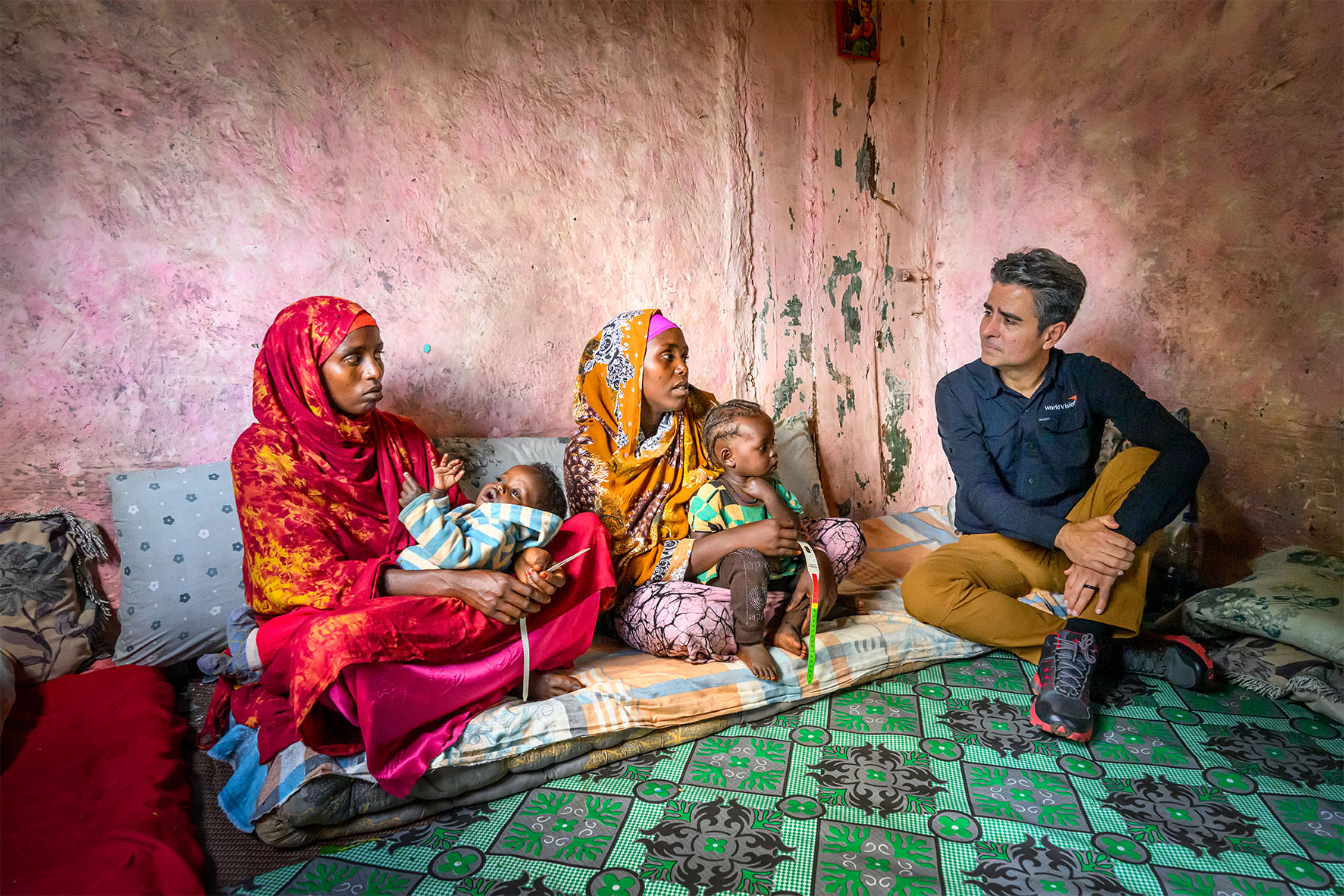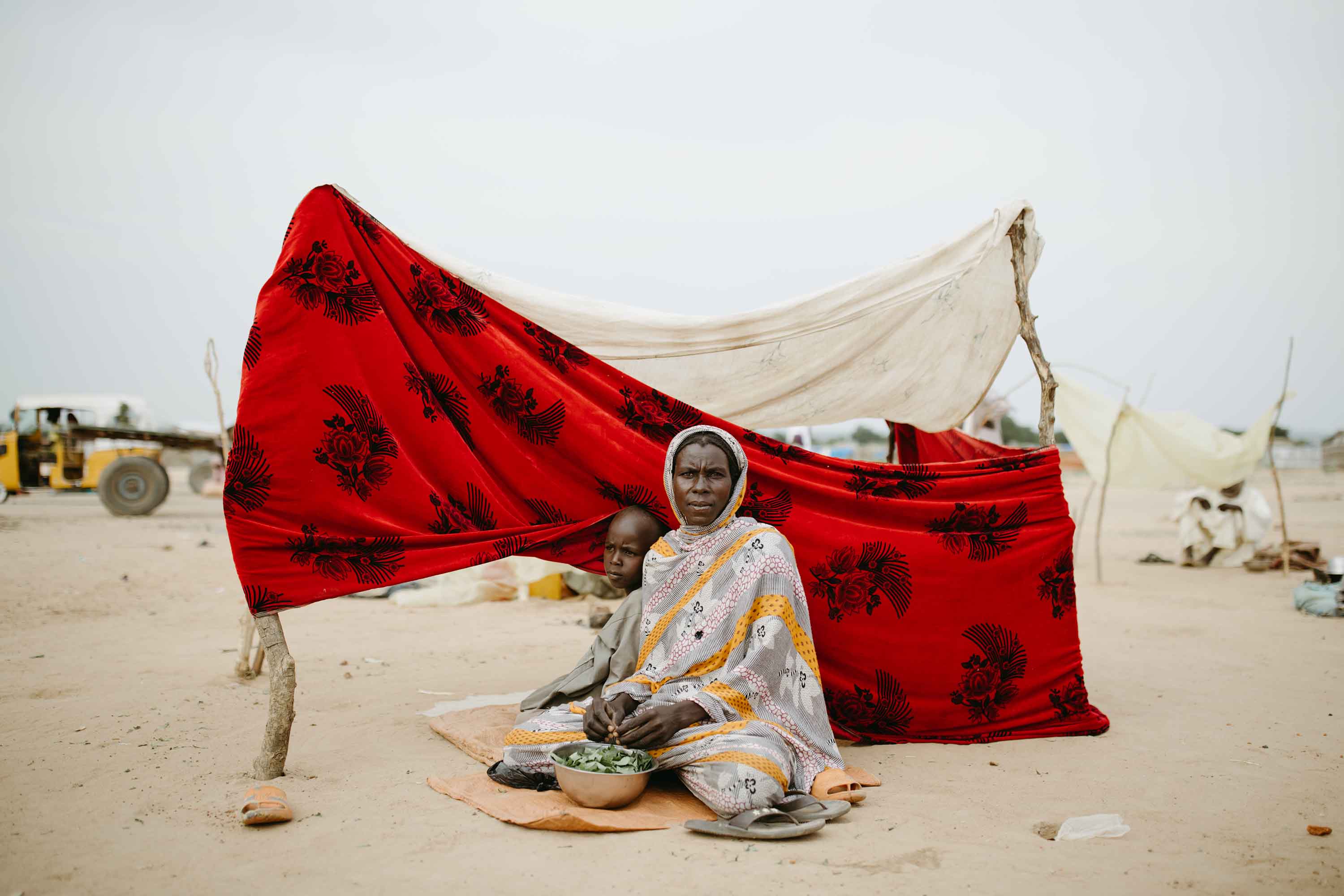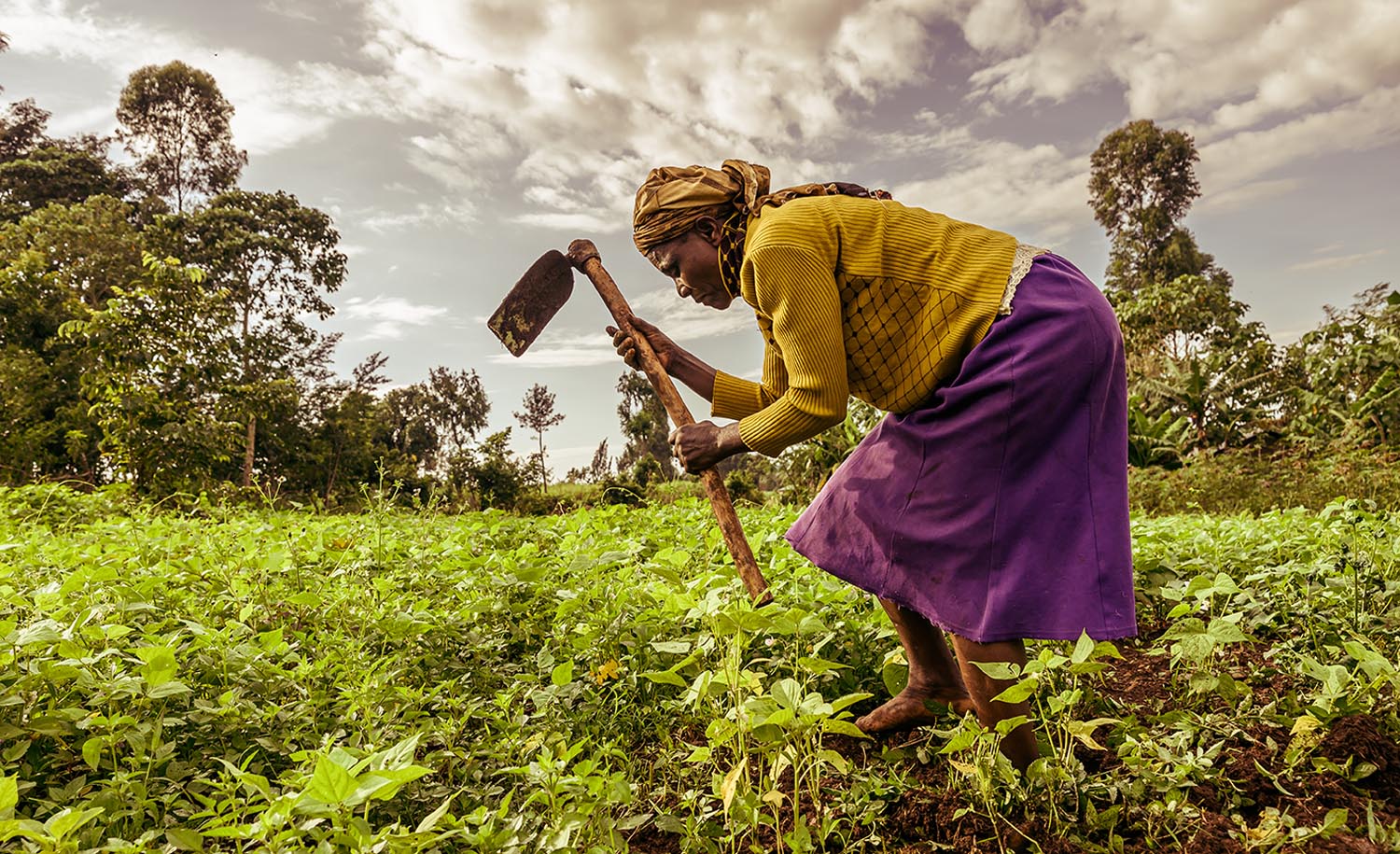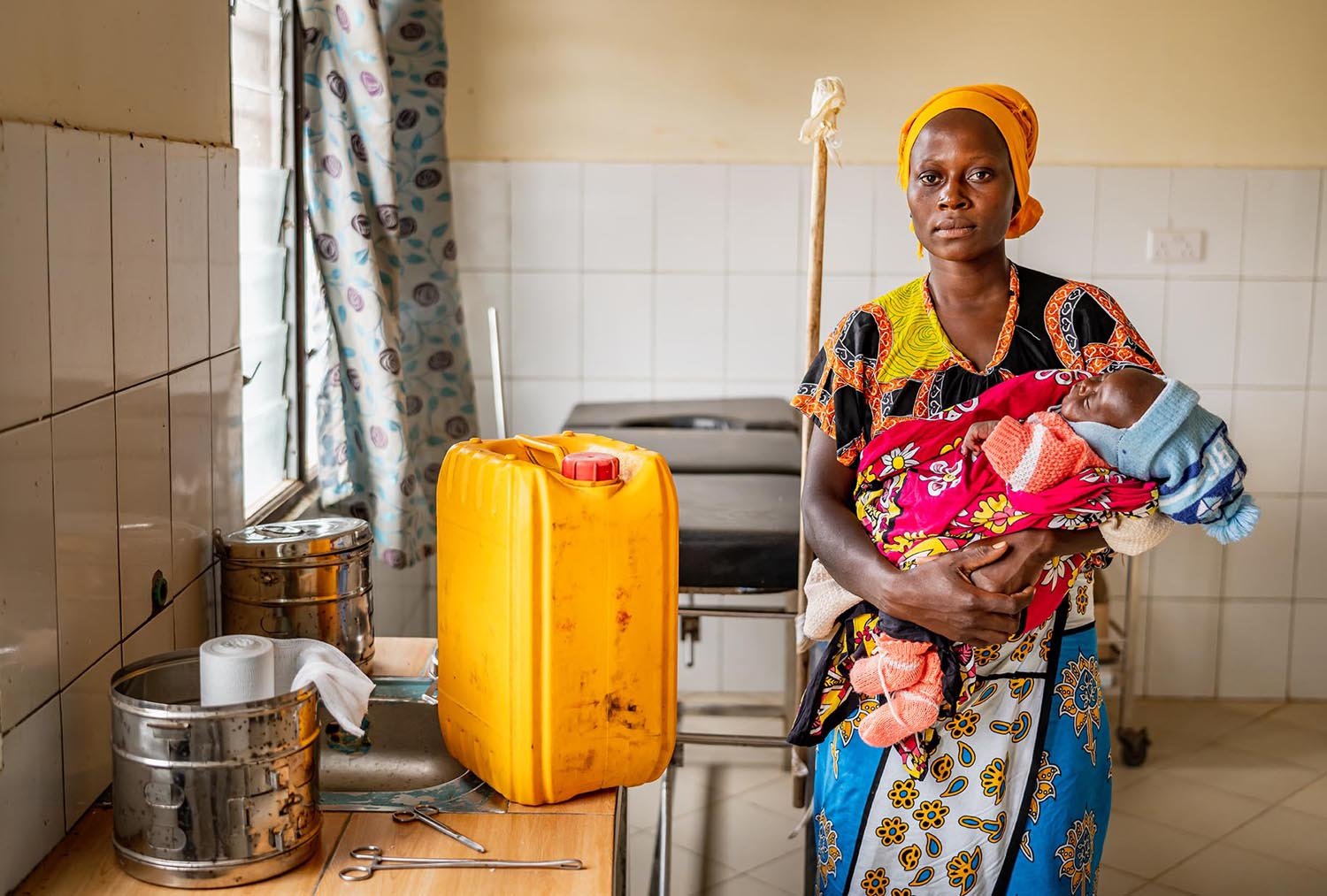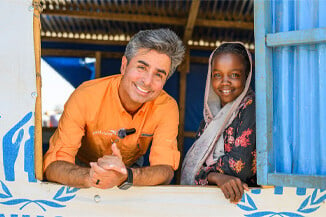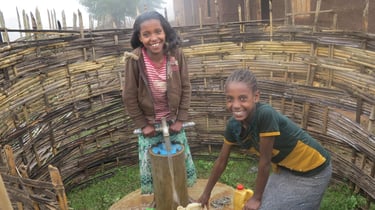 |
| Shuda (left) and her friend Meskerem drawing water |
Listen to Tamiru read this story
Bowolicho village is located in the Hula Area Program operation area, 231 miles south of Addis Abba, Ethiopia’s capital. There was a dire need for water in this area. Schoolgirls of all ages use to walk a half hour to draw water from an unprotected source called Bansa spring.
The schoolgirls who attended school in the morning left home as early as at 6:00am and walked in a group to the unkept spring. The water they found was not safe for their health. Keeping their jerry cans in two or sometimes three lines and waiting for turn was the day to day experience for them. They walked back home for another thirty minutes and upon getting home, they cooked for family and handle other activities.
For Shuda Shura (16), the lack of safe drinking water didn’t allow her to enjoy her childhood years playing or reading storybooks as other children do. At the age of eight she started helping her mother with the chore. Together with girls of her age, she walked to Bansa spring three times a day, drew water, and took care of her siblings. ‘’Carrying a jerry can full of water was very tiring but I had no option,’’ said Shuda.
For the spring water to flow fast, users cut bamboo in half and placed it where the spring flows so as to have ample amount of water as well as to avoid dirt. However, over time the bamboo became contaminated and many children fell sick.
Shuda remembers arriving home and seeing a worm wriggling on the surface of the water She thought it got in when she scooped water and poured it into the jerry can. Shuda’s sister, Sukare (13) was seriously ill last year and dropped out of school. Shuda feared for her safety and did not want to walk to school alone but was determined to move on. ‘’I too, felt sick of the bamboo contamination and suffered from waterborne diseases like severe headache, abdomen cramps, vomit and diarrhea," said Shuda.
World Vision provided the community with safe water through a borehole, which was drilled manually by World Vision Ethiopia. The 32 meters (105 feet) deep hole is supplying safe drinking water to the village. Community children as young as 6 no longer walk every day for one hour to draw water from a dirty source. The borehole is close and only two minutes away from Shuda’s home. ‘’I always get amazed when I found clean and sustainable water close by my home and smiled,’’ she said.
World Vision trained the village community on sanitation, operation of manual drilling and maintenance. Each household contributed both in labor and cash and that has given them a sense of ownership. Two shallow wells, which were built in schools and are functioning as part of integration works.
The availability of safe water at the shortest distance has given Shuda and her sister, Sukare, enough time to work hard on their education and the opportunity to actively participate in their local church. Their health has improved and Shuda dreams of becoming a doctor one day. ‘’We feel healthy and strong and are filled with hope. No abdomen cramps and other pains, thanks to World Vision,’’ Shuda said with a shining face.

